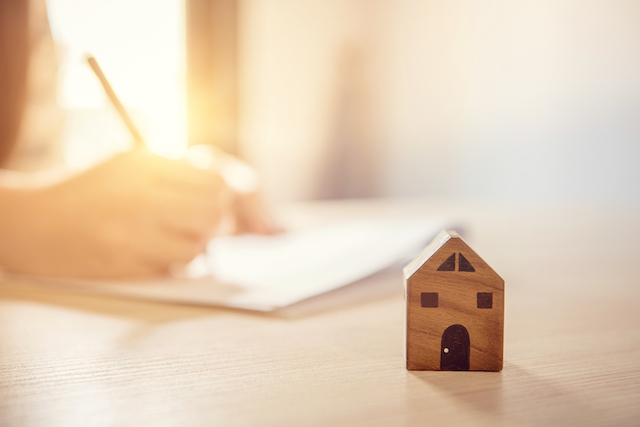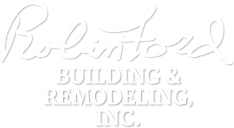
Only about 1% of homes are fit for aging in place.
More and more older Americans today envision themselves growing older in their own homes, rather than moving into retirement communities or assisted living facilities. While it is a great plan, your home has to be designed and ready for aging in place. The unfortunate reality is that only about 1% of homes are fit for aging in place. Fortunately, many homes can be remodeled to facilitate aging in place. If you’re considering it, read on for everything you need to know.
What Is Aging In Place?
Aging in place simply refers to the decision to stay in your own home as you age rather than move. The problem is that as you get older, most things become more time-consuming, more difficult, or both. For instance, stairs that don’t even slow you down today might be a big problem when you’re older. Climbing a stool to get to the top shelf in the closet is easy now, but could be dangerous if you develop balance issues as you age. The biggest things you have to consider when planning to age in place is how you will navigate your home if and when you experience age-related hearing loss, vision loss, balance issues, limited strength or endurance, decreased mobility, and reduced mental capacity. Through any and all of these future changes, your home needs to remain functional, comfortable, and safe.
Incorporating Universal Design
Universal design is a set of design principles that focus on creating a space that is usable and functional for people of any age, both today and for the long-term. The goal behind universal design is for the space to be usable today and remain so without need modification as you age.
Incorporating Technology
Technology is another important aspect of aging in place. There are many aspects of a home that can be “smart” today, meaning that you don’t have to get up to adjust them – you can do it from your phone. This is nice now, but when mobility becomes difficult it will also be important. Smart technology is also a good way for loved ones to be able to check on you, even if they don’t live close by.
Room-Specific Modifications
Some rooms will require more modifications than others and a professional can help you figure out which ones you need to focus on. Some examples include the bathroom, where you should have safety grab bars and a shower seat with a handheld shower, and the kitchen, where you should consider touch-free faucets and open space for a wheelchair.
Robin Ford can help you to build the custom home of your dreams!
With over 30 years of award-winning custom home building experience, Robin Ford and his team of expert craftsmen have earned a stellar reputation for their commitment to quality. Click here to learn more about our financing options and how we can help you find a home within your budget.
As an Indoor airPLUS Partner, ENERGY STAR® Partner, Certified Green Professional, and Maryland’s only proud member of the exclusive Southern Living Custom Builder Program –Robin Ford Building and Remodeling, Inc. is equipped to build you a home that your children’s children will want to own.
Call 410-239-8850 or contact us here to start experiencing The Robin Ford Difference today. You can also connect with us on Twitter, Pinterest, and LinkedIn.

